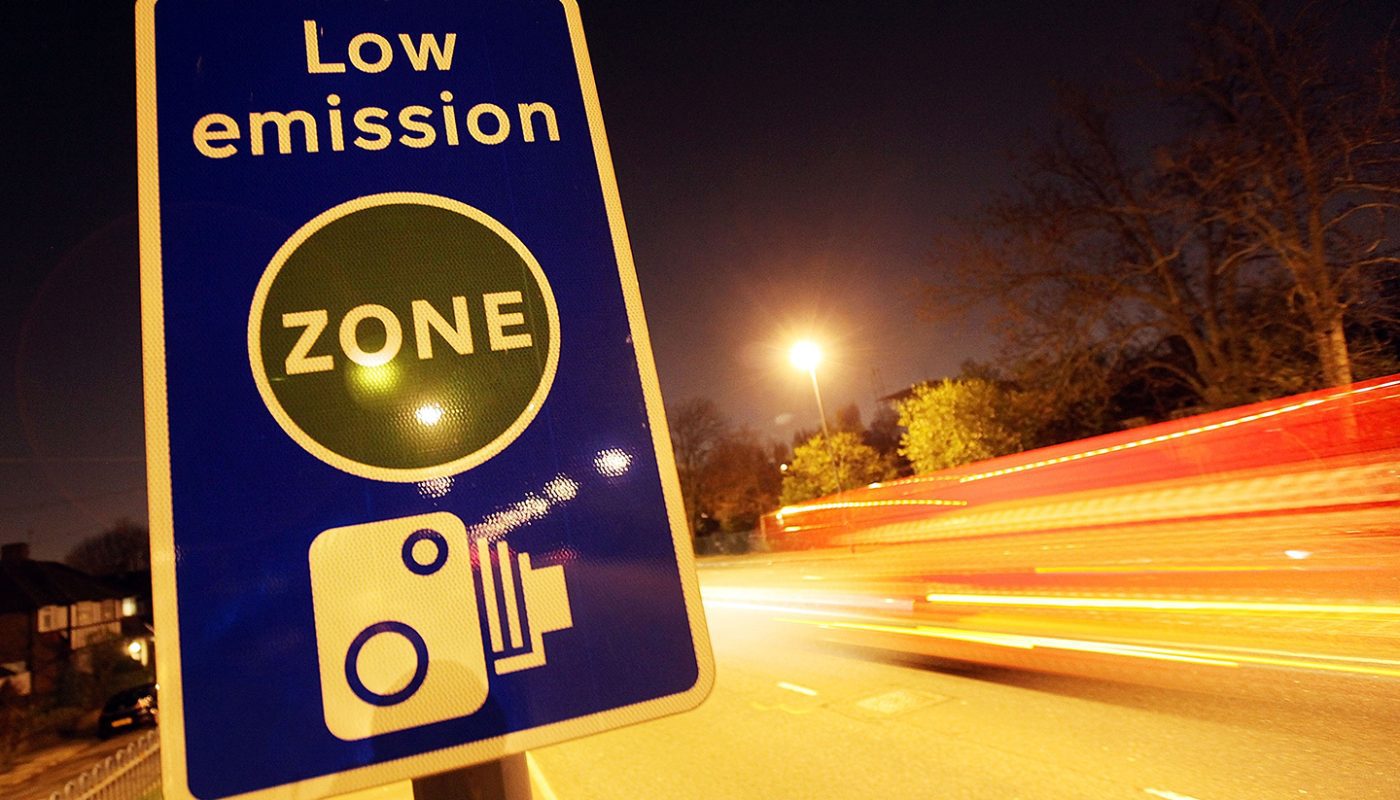Researchers from Rice University have developed a low-emissions method to extract hydrogen and graphene from waste plastics. This innovative method not only addresses plastic pollution and greenhouse gas emissions but also holds the potential to offset the costs of producing hydrogen through the value of the graphene by-product.
Hydrogen is a versatile energy source used in various applications such as powering vehicles, generating electricity, and heating buildings. With a higher energy content per unit weight compared to fossil fuels, hydrogen is considered an environmentally friendly alternative. The majority of hydrogen production, about 95%, currently utilizes steam-methane reforming, which results in the release of approximately 12 tons of carbon dioxide for every ton of hydrogen produced. Additionally, this process mainly generates gray hydrogen. On the other hand, producing “green hydrogen” using renewable energy inputs like solar, wind, or hydropower to split water into hydrogen and oxygen is expensive, costing around US$5 for one kilogram.
The team at Rice University has devised a catalyst-free method to convert waste plastics into high-yield hydrogen gas and high-value graphene. Notably, this method allows for the use of mixed waste plastics without the need for sorting or washing. The lead author of the study, Kevin Wyss, explained that if the resulting graphene is sold at just 5% of its current market value, it could make clean hydrogen production essentially free.
Steam-methane reforming relies on high-temperature steam and a catalyst to produce hydrogen from natural gas. However, this method produces significant amounts of carbon dioxide. With the projected increase in demand for hydrogen, maintaining the status quo will hinder progress towards achieving net zero emissions by 2050. Thus, the need for alternative methods is crucial.
The researchers exposed plastic waste to rapid flash Joule heating for a short period, which resulted in the vaporization of hydrogen present in the plastic. This process yielded graphene, a lightweight and durable material composed of a single layer of carbon atoms. Graphene has numerous applications in electronics, energy storage, sensors, coatings, composites, and biomedical devices.
The researchers discovered that their flash Joule heating process also produced hydrogen gas. By analyzing the vaporized contents, they were able to recover up to 68% of the atomic hydrogen present in polyethylene, a common plastic, with a purity of 94%.
In terms of environmental impact, the researchers found that their method produces fewer emissions compared to other hydrogen production methods. Based on life-cycle assessment, their approach leads to 33-95% less cumulative energy demand and 65-89% fewer greenhouse gas emissions than other waste plastic or biomass deconstruction methods.
One of the advantages of the flash Joule heating process is that it does not require washing or sorting of waste plastics, making it a cost-effective and sustainable solution for hydrogen production. The researchers plan to further investigate the mechanism behind flash Joule heating to maximize its scalability and optimize hydrogen production.
Lead author Kevin Wyss highlighted the potential of their work, expressing hope that it could contribute to the production of clean hydrogen from waste plastics, ultimately addressing major environmental concerns such as plastic pollution and greenhouse gas-intensive hydrogen production through steam-methane reforming.
*Note:
1. Source: Coherent Market Insights, Public sources, Desk research
2. We have leveraged AI tools to mine information and compile it




